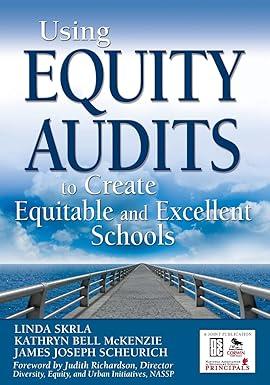Question
(this one has some different categories then those posted! PROJECT DUE THURSDAY!!! Ramsey Company produces speakers (Model A and Model B). Ramseys controller, Mr. Jacks,
(this one has some different categories then those posted! PROJECT DUE THURSDAY!!!
Ramsey Company produces speakers (Model A and Model B). Ramseys controller, Mr. Jacks, is evaluating the different methods of allocating manufacturing overhead to the products. Both products pass through two producing departments. Model As production is much more labor-intensive than that of Model B. Model B is also more popular of the two speakers. The following data have been gathered for the two products.
| Product Data | ||||
| Model A | Model B | |||
| Units produced & sold per year | 20,000 | 200,000 | ||
| Sales Revenue | $600,000.00 | $6,000,000.00 | ||
| Prime cost | $100,000.00 | $1,000,000.00 | ||
| Direct Labor Hours | 140,000 | 300,000 | ||
| Machine hours | 20,000 | 180,000 | ||
| Set Ups | 40 | 160 | ||
| Inspection runs | 600 | 1,400 | ||
| Packing Orders | 9,000 | 81,000 | ||
| Estimated Manufacturing Overhead: | ||||
| Machining costs | $160,000.00 | |||
| Setup costs | $180,000.00 | |||
| Inspection costs | $140,000.00 | |||
| Packing costs | $180,000.00 | |||
| Total Manufacturing Overhead | $660,000.00 | |||
1.) Compute the product cost per unit and the gross profit per unit for each product by using a simple cost allocation method (plant-wide rate) based on direct labor hours. Round your final answers to two decimal places.
2.) Compute the product cost per unit and the gross profit per unit for each product by using Activity-Based costing (ABC). Round your final answers to two decimal places.
Suppose that Ramsey decides to use departmental overhead rates. There are two departments: Department 1 (machine intensive) with an MOH rate of $2.75 per machine hour and Department 2 (labor intensive) with an MOH rate of $1.25 per direct labor hour. The actual consumption of these two drivers is as follows:
| Department 1 Fabrication | Department 2 Assembly | |
| Machine Hours | Direct Labor Hours | |
| Model A | 55,000 | 110,000 |
| Model B | 145,000 | 330,000 |
3.)Compute the product cost per unit and the gross profit per unit for each product by using the departmental MOH rates. Round your final answers to two decimal places.
4.) Compare the results for the simple cost allocation system (plant-wide), departmental cost allocation and the ABC cost allocation systems. Which do you think is more accurate and why? What circumstances would favor Ramsey adopting ABC as their allocation method (provide at least three reasons)?
Step by Step Solution
There are 3 Steps involved in it
Step: 1

Get Instant Access to Expert-Tailored Solutions
See step-by-step solutions with expert insights and AI powered tools for academic success
Step: 2

Step: 3

Ace Your Homework with AI
Get the answers you need in no time with our AI-driven, step-by-step assistance
Get Started


